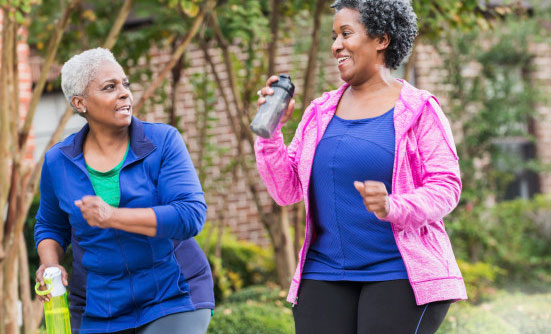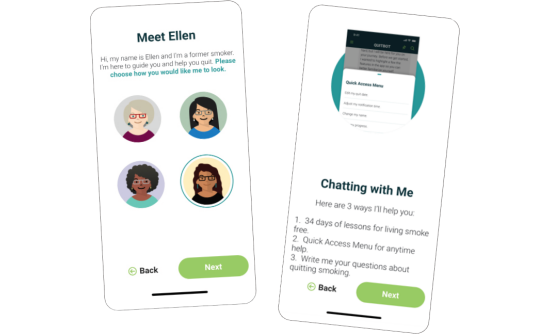In a 2013 study titled “Recreational Physical Activity and Leisure-Time Sitting in Relation to Postmenopausal Breast Cancer Risk,” women who walked at least 7 hours a week had a 14% lower risk for breast cancer compared with women who walked 3 or fewer hours a week.1 The pace the women walked was moderate—about 3 miles per hour.
More active women (who walked and also did vigorous exercise) had a 25% lower risk for breast cancer versus the least active group. The researchers concluded that walking an average of 1 hour a day is associated with a significant reduction in breast cancer risk, and more strenuous and longer physical activities reduced the risk even more.
According to the National Cancer Institute, regular exercise can reduce the risk for several types of cancer, including breast, colon, uterine, and lung cancer. Regular exercise also helps reduce the risk for other health conditions that may increase the risk for cancer, such as obesity, type 2 diabetes, inflammation, poor immune system function, and unbalanced hormone levels.
So what’s the best way to start an exercise program? Walking is the easiest and least expensive form of exercise. However, although it sounds easy, we know it is often difficult to maintain a regular exercise schedule.
Beginning Tips
Below are some easy-to-follow tips to start and maintain a regular walking program. Remember to always check with your healthcare provider before starting any new exercise program. After getting the go-ahead from your provider, consider the following tips to help you get started:
- Invest in a good pair of walking shoes and moisture-wicking socks
- Find a place near you where you can walk safely: consider if there are sidewalks and well-lit areas in which to walk
- Have a bad weather plan: many communities have walking groups in malls and airports
- Start where you are: don’t be discouraged by past attempts
- Have a purpose: set specific but realistic goals for yourself and write them down
- Find an exercise partner: you can encourage each other
Set Up a Plan
Taking the time to plan your program may help you think through potential challenges before they occur. Take the following steps to help create a plan that you can stick to:
- Determine the best time in the day for your walk: think about your energy levels throughout the day; although you certainly need the energy to get going, walking is also a great way to boost your energy during a low time in your day
- Make your walking time an appointment with yourself by putting it on your calendar
- If you have a busy day and find it difficult to fit in a 30-minute walk, take a quick break and walk for 10 minutes or so; it is a great way to get some exercise in and also clear your head and feel refreshed
- Keep track of your progress: consider using a pedometer to keep up with a daily step count; several smartphone apps have tracking programs as well
- A count of 10,000 to 12,500 steps a day is considered “active,” and 12,500 steps or more is considered “highly active”
- Try to gradually increase your daily step count: every 2 weeks, increase your daily totals by 1,000 steps
Get the Most from Your Workout
Following are some tips for getting the most out of your workout:
- Check your posture: keep your back straight, your chin slightly up, and shoulders relaxed and leaning slightly back
- Use a comfortable stride for your build
- Push off with your toes as you follow through with your step; this will help you use the larger muscles in your legs and gradually lengthen your stride
- Slightly bend your arms at your elbows and pump your arms as you are walking; you can add more vigor to your walk by pumping your arms more
- Drink water before starting out and when you finish walking
The Talking Test
Use the “talking test” to determine how hard you are working: you should be able to talk while walking, but with a halting speech. If you are able to keep up a conversation without any difficulty, you may not be working hard enough. If you are unable to talk while walking, slow down: you are working too hard!
If you experience pain, any joint or muscle problems, chest pain, dizziness, or any other concerning symptoms while walking, stop walking and talk to your healthcare provider. Keeping an active life is one of the key ways to help maintain a healthy weight and avoid health conditions that increase the risk for cancer.
Reference
- Hildebrand JS, Gapstur SM, Campbell PT, et al. Recreational physical activity and leisure-time sitting in relation to postmenopausal breast cancer risk. Cancer Epidemiol Biomarkers Preven. 2013;10:1906-1912.
















